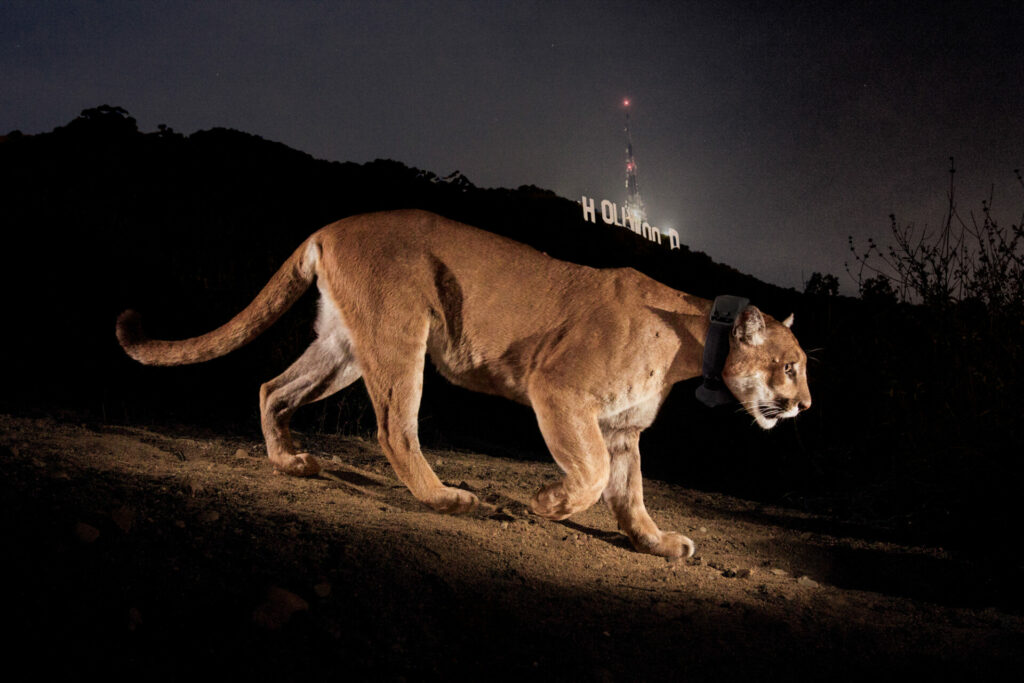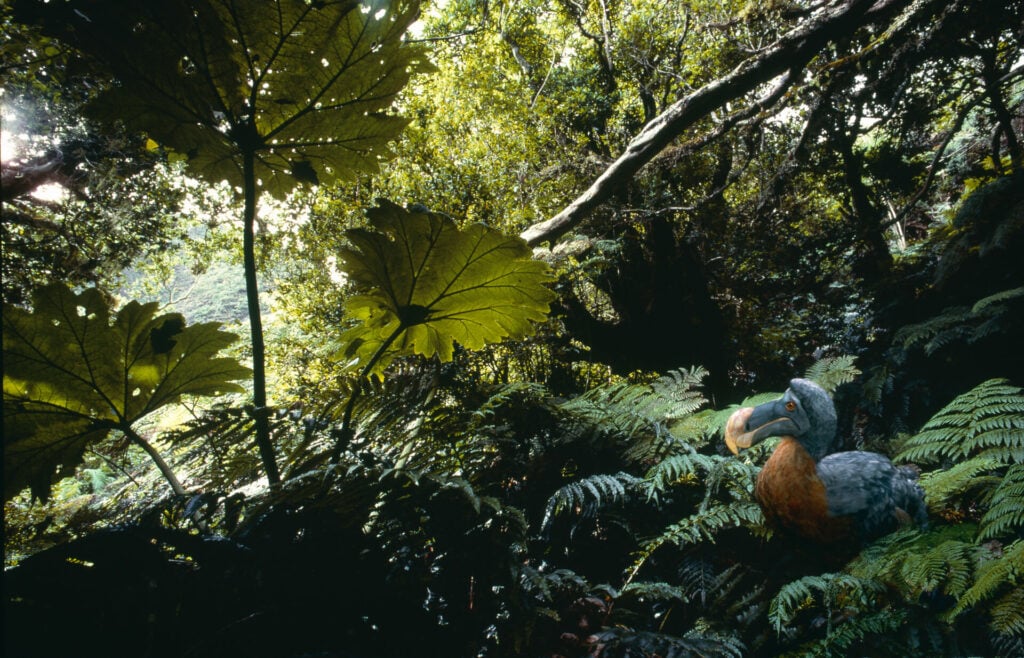A devastating 91 per cent of reefs surveyed along the Great Barrier Reef have been affected by coral bleaching with the natural landmark suffering its SIXTH mass bleaching event on record.
The 2,300-kms-long reef – the world’s biggest reef system – along Australia’s north-eastern coast has been damaged by above-average water temperatures, a report by government scientists has discovered.

Hardest hit was the central region between Cape Tribulation and the Whitsundays – the areas most popular with tourists – the Reef Snapshot: summer 21-22 report published by the Great Barrier Reef Marine Park Authority declared.
The reef is not not only an area of natural beauty and home to marine life but it also contributes 10.5 billion dhs to the Australian economy per year and supports 64,000 jobs
‘The surveys confirm a mass bleaching event, with coral bleaching observed at multiple reefs in all regions,’ a statement accompanying the report said. ‘This is the fourth mass bleaching event since 2016 and the sixth to occur on the Great Barrier Reef since 1998.’
This is particularly devastating as the reef, inscribed on the UNESCO World Heritage List in 1981 for its outstanding universal value, is not only an area of natural beauty and home to myriad species of marine life, but it also contributes AUD$6.4 billion (10.5billions dhs) to the Australian economy per year and supports 64,000 jobs.
Reef Dangers
Climate change has caused rising ocean temperatures – around the Great Barrier Reef it is now 1.5 degree centigrade higher than it was 150 years ago, and industrialisation along the coastline is adding to the water quality problems. As well as coral bleaching, the reef is also at risk to damage from crown-of-thorns starfish which eat the coral and cyclones which damage it.
Out of the 719 reefs inspected by marine scientists for the report, which was released last month, a staggering 654 reefs showed some bleaching. Both inshore and off shore reefs were damaged.

Bleaching occurs when corals are stressed if the water temperatures are higher than average for a very short time – just a week or more – and expel the algae living within their tissues. These photosynthesic algae normally contribute significantly to the coral’s nutrition and give them their colour.
Back from the Dead
Corals can recover from bleaching, but if waters stay warm for too long, the corals will become susceptible to disease, stop growing and lose their ability to spawn. Eventually they will die.
Algae then grows on dead coral making it impossible for new colonies to form. But they can recover If there are enough fish on the reef to clean the algae away and allow corals to return.
Last year, scientific advisors at UNESCO said that the Great Barrier Reef should be placed on a list of world heritage sites in danger. They cited the reef’s deteriorating long-term outlook, which has declined from ‘poor’ to ‘very poor’ because of the impact of the climate crisis and Australia’s failure to meet its own water quality targets.
‘Under a high emissions scenario, the reef could face bleaching every year as soon as 2044. This would effectively destroy the reef and other shallow water reefs worldwide’
Climate Council
UNESCO urged Australia to take accelerated action at all possible levels to meet its commitments under the Paris Agreement, limiting temperature rise to 1.5°C above pre-industrial levels.
The Australian Government, for who the reef is the jewel in their tourist crown, lobbied to get the listing rejected and urged UNESCO to send a scientific delegation to assess the reef for themselves.

They did so in March when a United Nations delegation began assessing the reef.
On the same day, the Australian environmental group the Climate Council, comprised of leading climate scientists, released a report on the status of the reef and marine heatwaves. In the report, climate scientist and distinguished professor of biology at Macquarie University, Lesley Hughes, said: ‘Under a high emissions scenario, the reef could face bleaching every year as soon as 2044. This would effectively destroy the reef and other shallow water reefs worldwide.’
A report following the UN’s 10-day trip is due in before the next world heritage meeting scheduled for this month.

Meanwhile, evidence indicates the reef has undergone another ‘mass bleaching’ event, caused by marine heatwaves linked to climate change. Worryingly, this has happened during a cooler La Niña, the climate pattern that describes the cooling of surface ocean waters.
According to the Great Barrier Reef Marine Park Authority (GBRMPA), the government organisation charged with managing the reef, during February and March 2022 the waters of the reef were between 1 and 4°C warmer than average in some places.
Dr David Wachenfeld, GBRMPA’s chief scientist said: ‘We have found widespread but variable bleaching in multiple regions.’ But, he says, the reef is not dead. ‘If conditions moderate, bleached corals can recover from that stress.’
However, recovery depends on conditions abating, and as climate change worsens, marine heatwaves are becoming far more common, leaving reefs little time to recover before being assaulted again.
The reef needs all the help it can get following the reef report. And tourism operators insist they are doing their bit. This includes controlling the coral-eating crown-of-thorns starfish, and running coral nurture programs, replanting pieces of broken coral on select reefs. Many support the Master Reef Guide Program, which ensures high-quality information is disseminated, aiming to inspire reef protection and personal action on global warming.

The Australian Government funded the Great Barrier Reef Foundation in 2018 to the tune of AU$440 million (1.16billion dhs). The Foundation now spearheads 43 research projects aimed at helping the reef become more resilient to climate change. Earlier this year the Government announced an additional AU$1 billion (2.63 billion dhs) in funding for the reef to address marine water quality issues, strengthen management and research.
But many reef scientists say it’s not enough, claiming that the resilience projects funded by the Foundation are somewhat futile, being far from scalable. And despite the cash splash, they claim not enough is being done within Australia, or globally, to address the reef’s biggest threat.

Conservationists have also called on the Government to release the state of the environment report, a five-yearly national assessment that has been sitting with the environment minister Sussan Ley since December. That and the contents of the UN delegation’s report could seal the fate of the reef with decisive action needed for its’ survival. The world is waiting.













